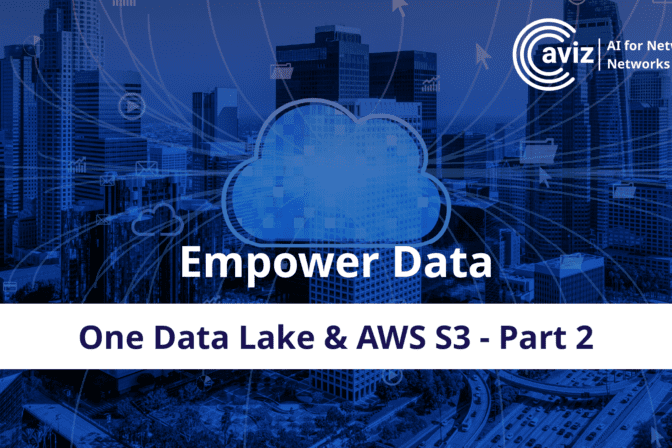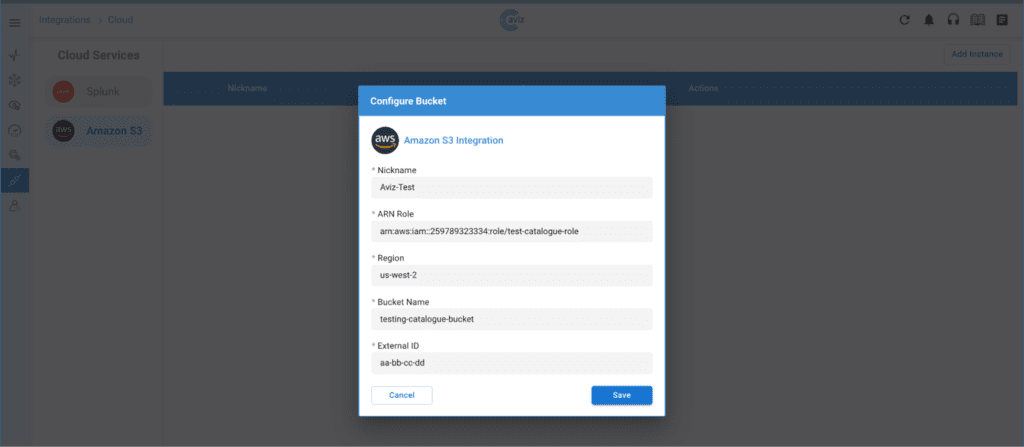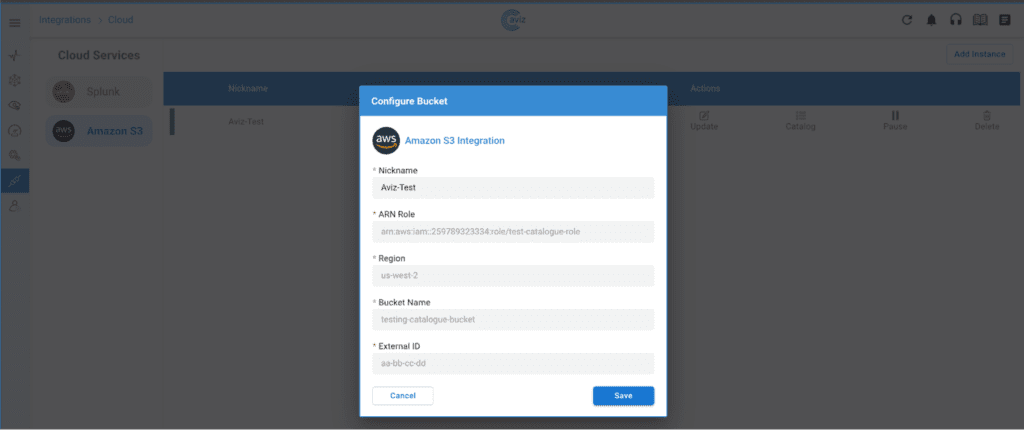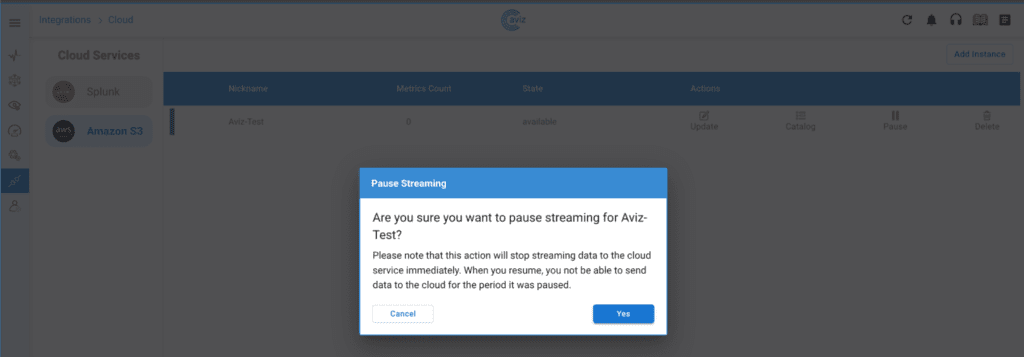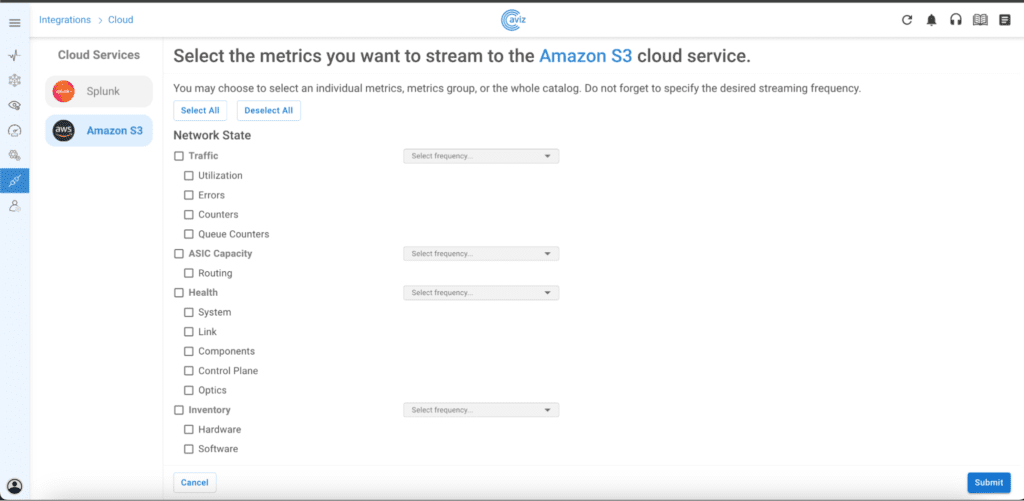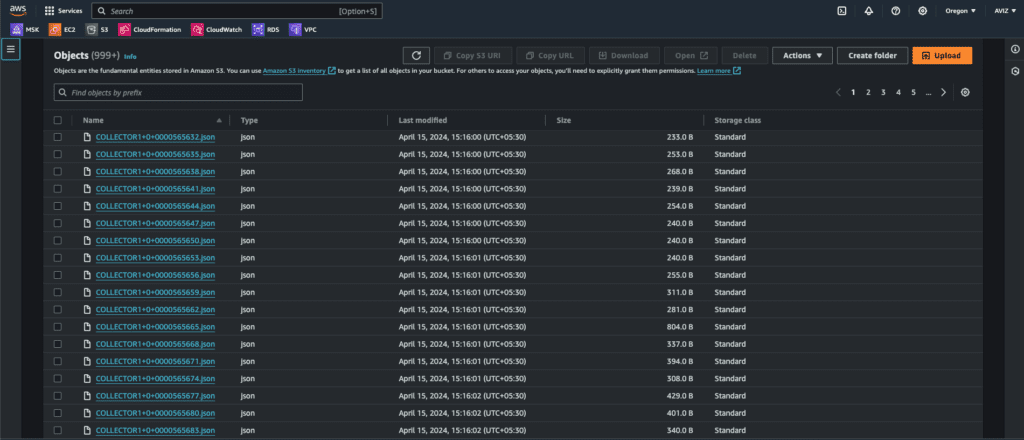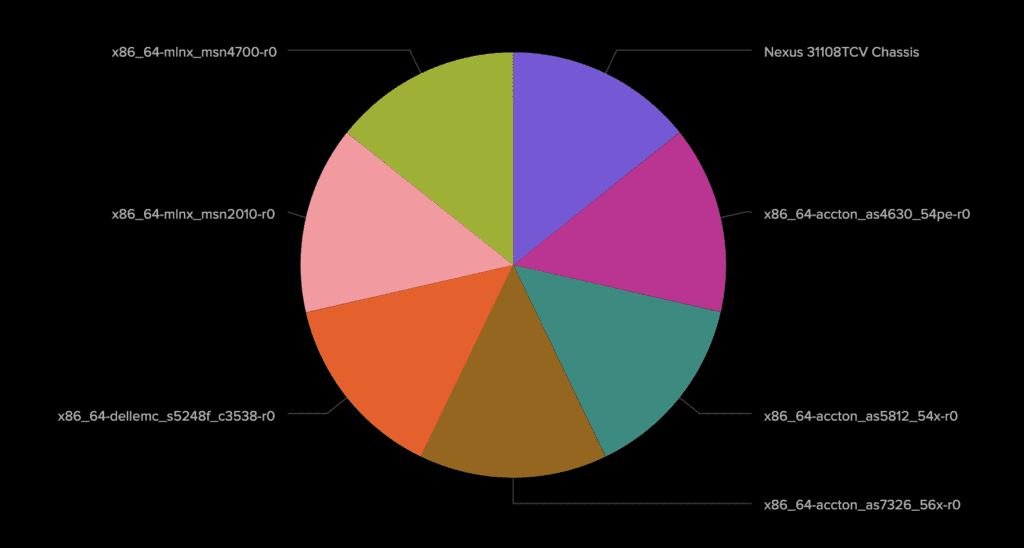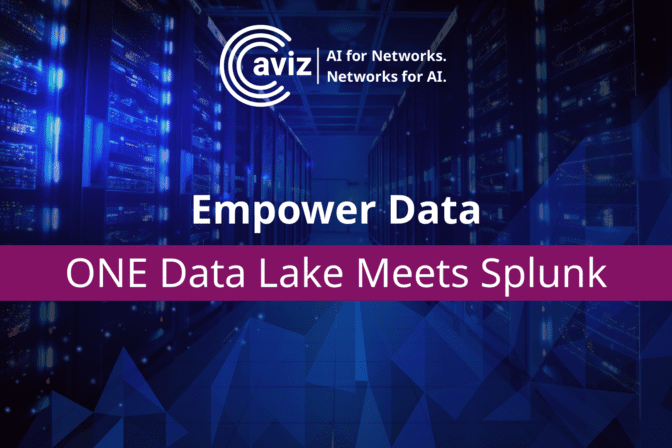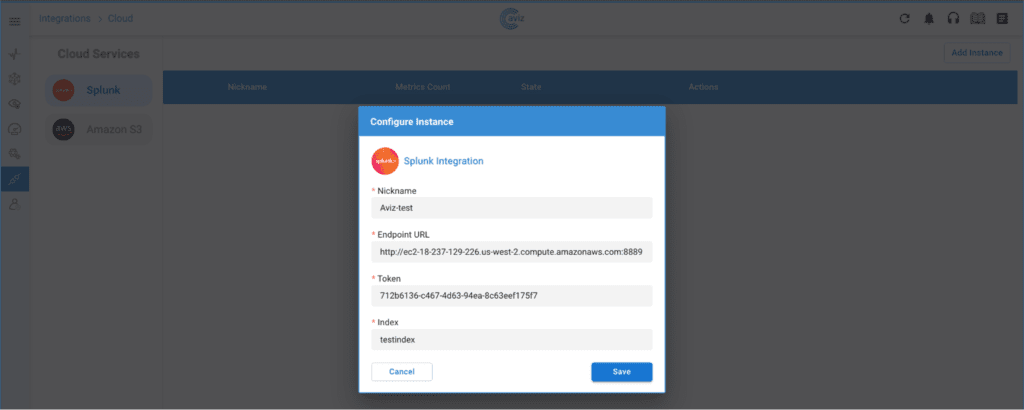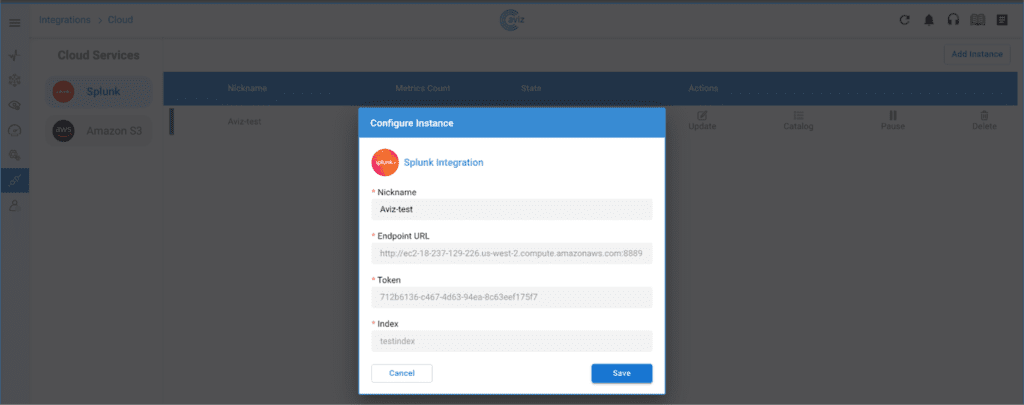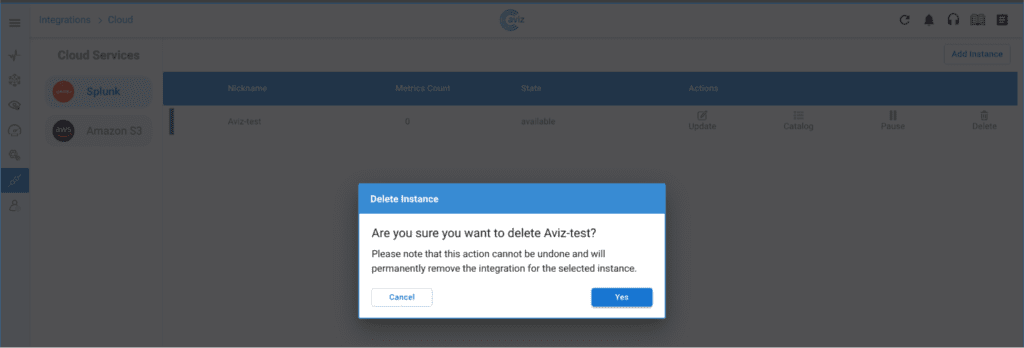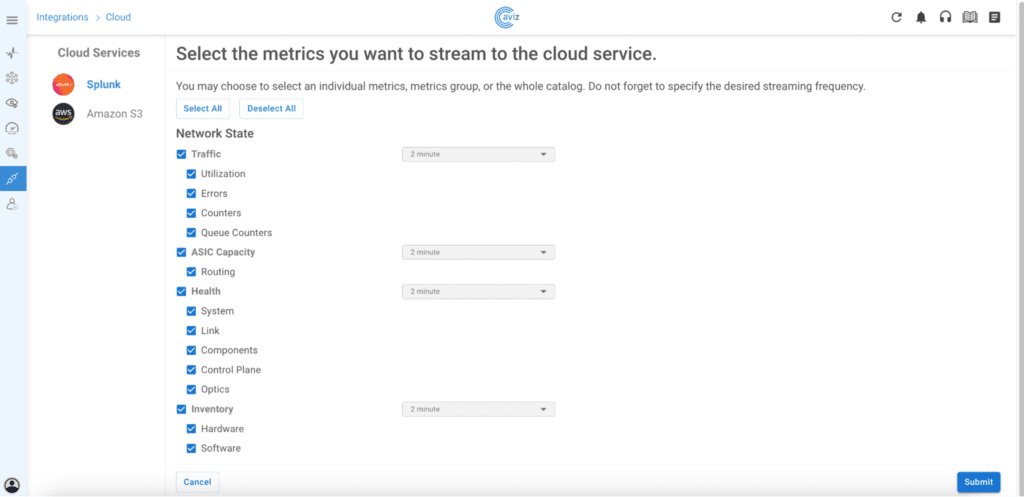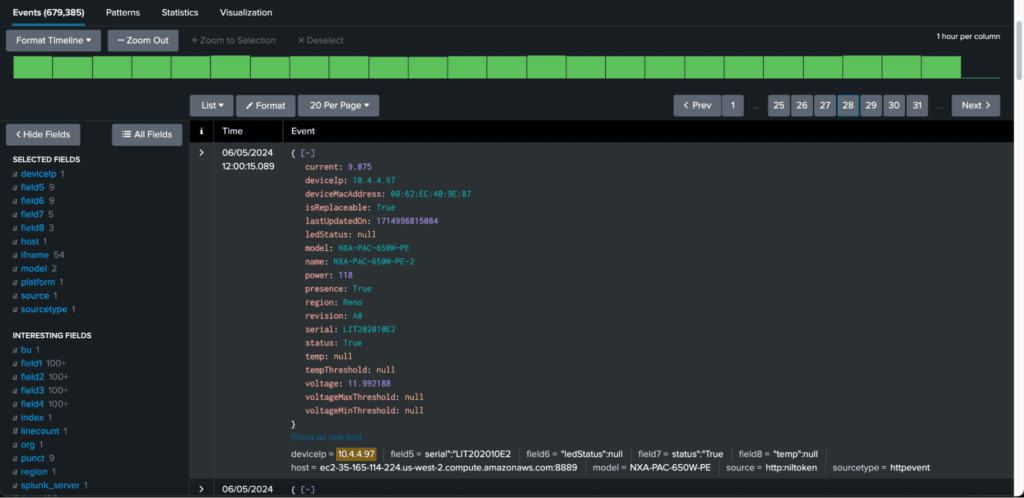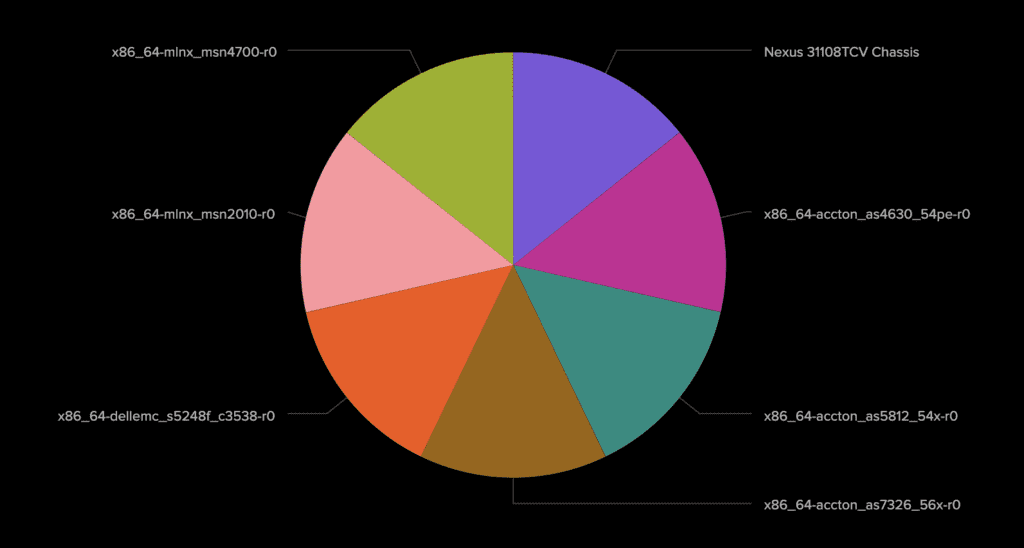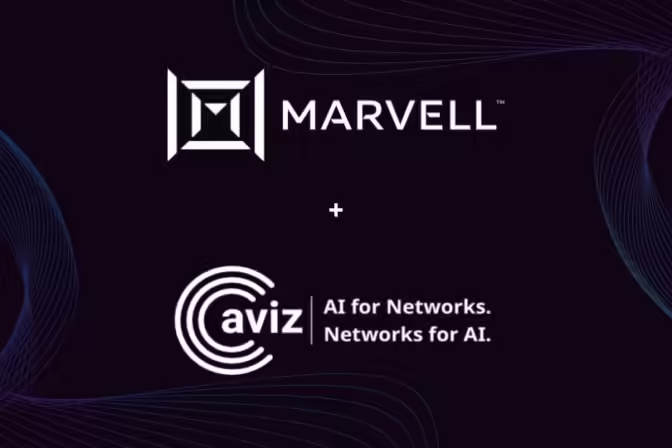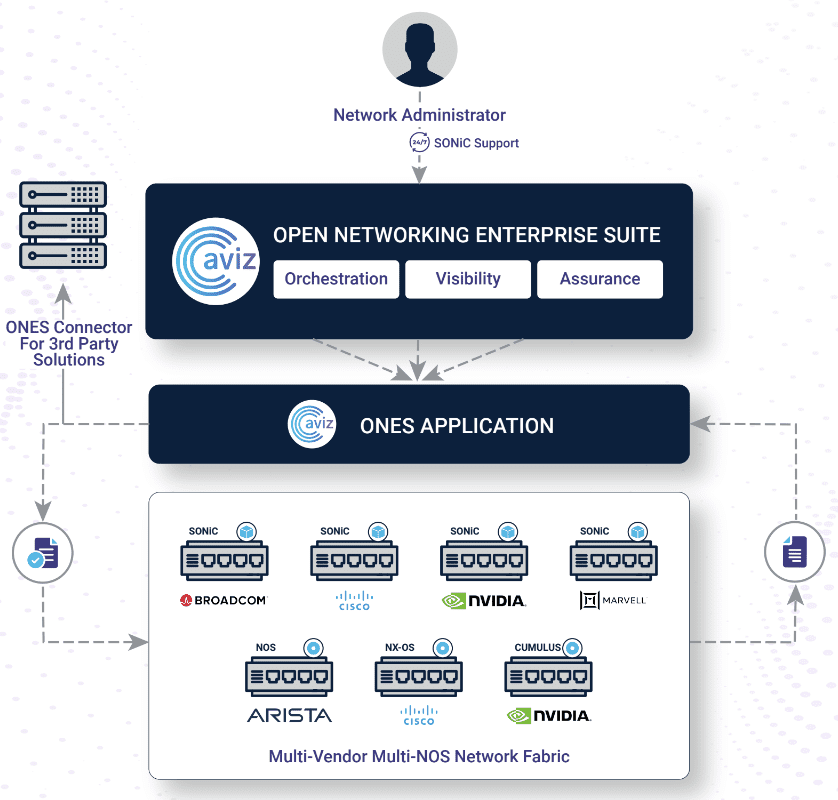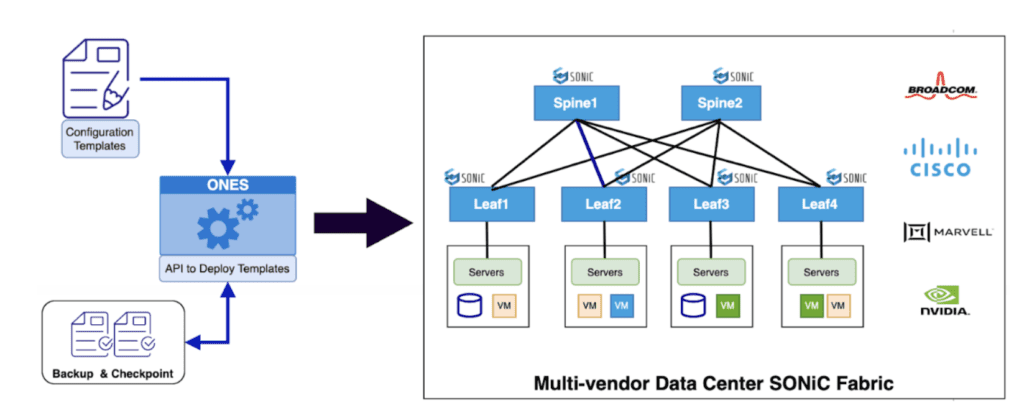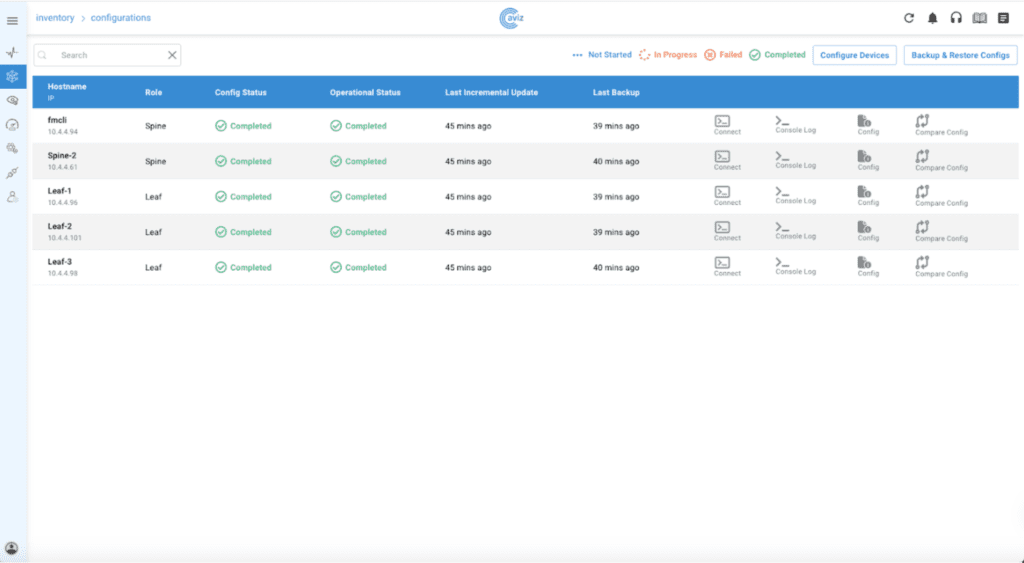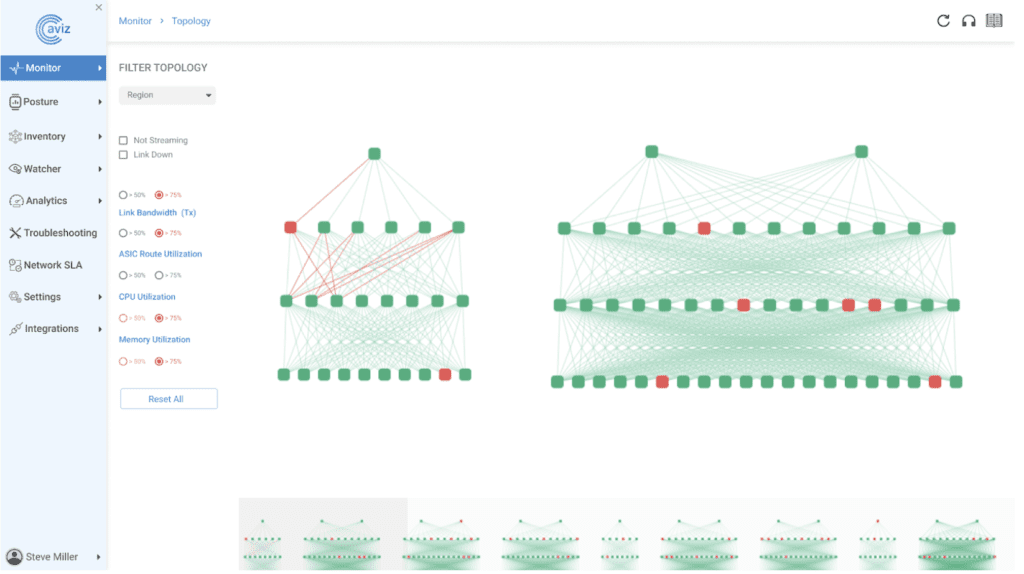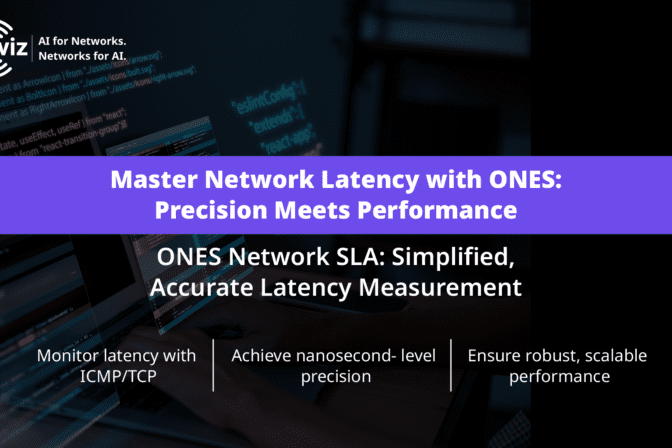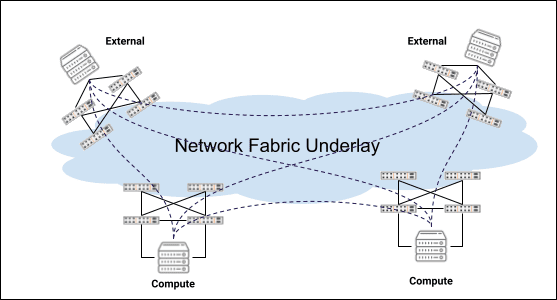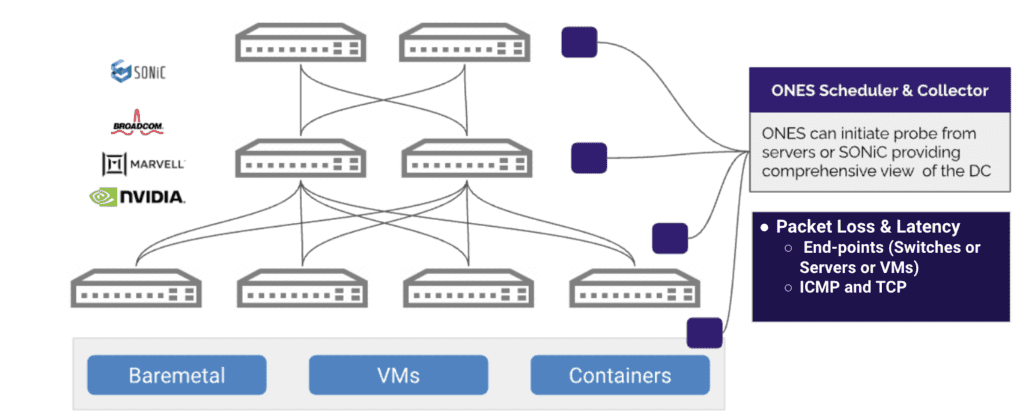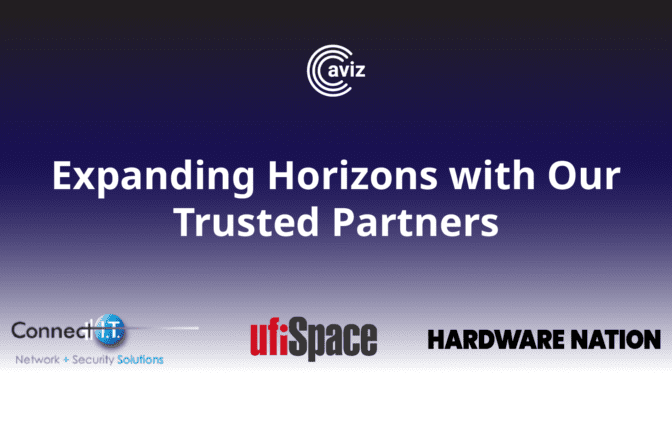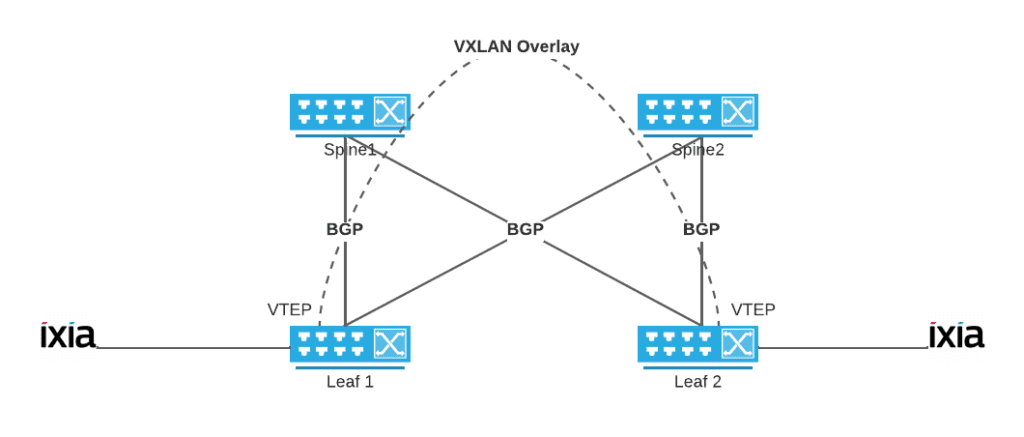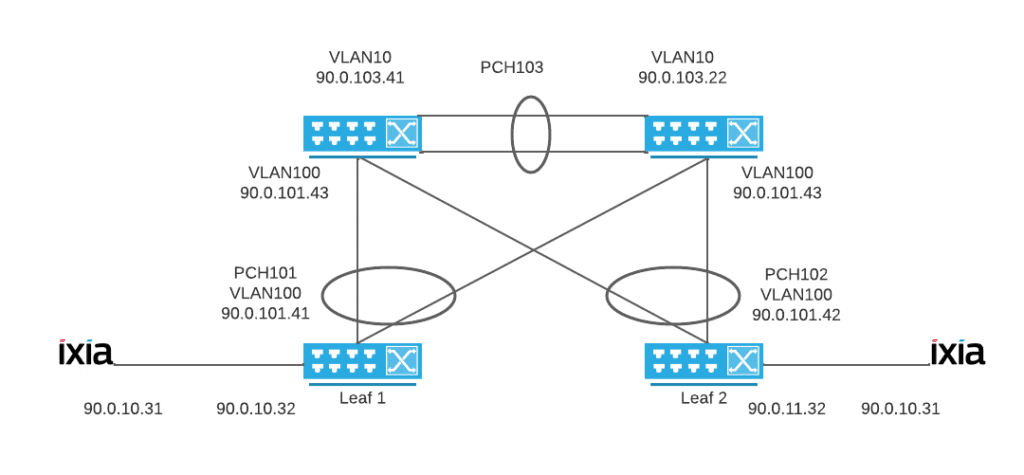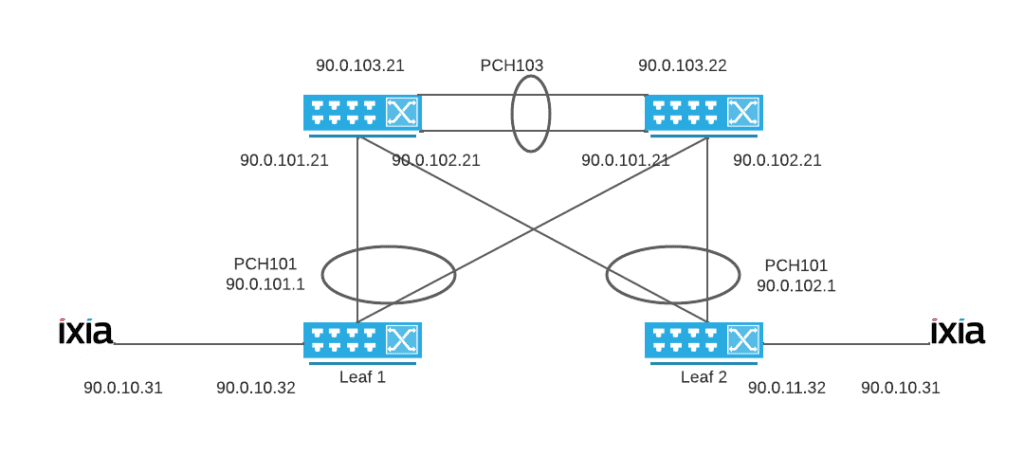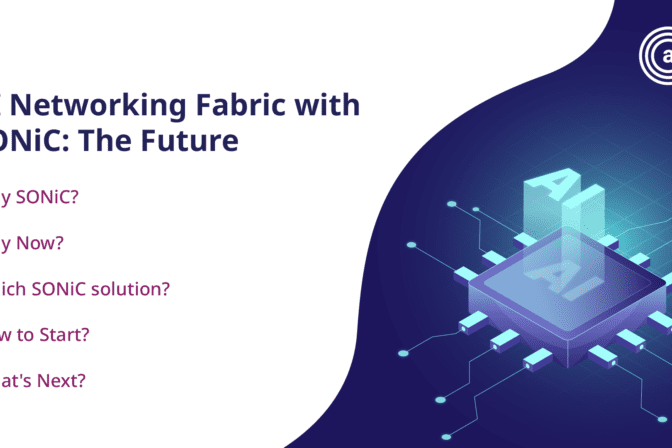A lot of people ask me, “What are the problems that you are solving for customers?” At Aviz, we understand that modern networking demands more than just connectivity; it requires agile, scalable solutions that can adapt to the evolving demands of AI-driven environments. We’re tackling the challenges of complexity, vendor lock-in, and prohibitive costs that many face in traditional network setups. Our AI Networking Stack isn’t just about keeping your network running; it’s about advancing it to think, predict, and operate more efficiently.
At Aviz, we are reshaping networks for the AI era by pioneering both ‘Networks for AI’ and ‘AI for Networks’. Our AI Networking Stack offers unparalleled choice, control, and cost savings, designed to enhance orchestration, observability, and real-time alerts in a vendor-agnostic environment. We’re not just providing solutions; we’re transforming networks with advanced LLM-based learning for critical operations, ensuring powerful, open-source solutions that drive innovation at a fraction of the cost.
We lead the journey to redefine networking with a data-centric approach that seamlessly integrates with any switch and network operating system, delivering performance that rivals the top OEM solutions—all while focusing on the core pillars of choice, control, and cost-effectiveness.
So, if you value having choices, staying in control, and achieving cost savings, read on to discover how our innovative solutions can transform your network management experience.
Now, let’s take a closer look at what sets our technology apart. Here is the detailed overview of our AI Networking Stack:

We’ve meticulously developed each layer of our AI Networking Stack to address the unique challenges our customers face in today’s dynamic network environments. From foundational hardware choices to advanced AI-driven functionalities, let’s dive into the specifics of what makes our technology stand out in the industry.
First, let’s discuss why choosing a vendor-agnostic approach is so crucial. Imagine using Linux. Does it really matter you use it on HPE, DELL, Lenovo Servers, or even at AWS, Azure or GCP. That’s the kind of interoperability we bring to the networking world. Similar to what Linux did for the tech industry, we leverage the open-source SONiC operating system, enhanced by strong partnerships and robust community support. This approach offers an array of choices, enabling hardware selections from our partner ecosystem without any constraints.

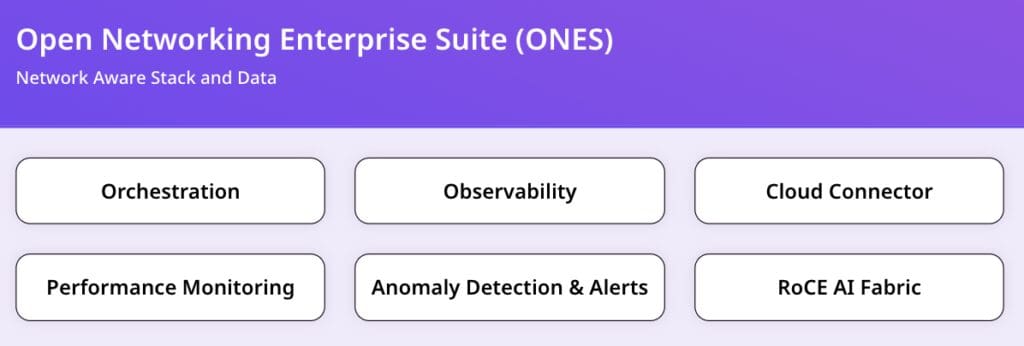

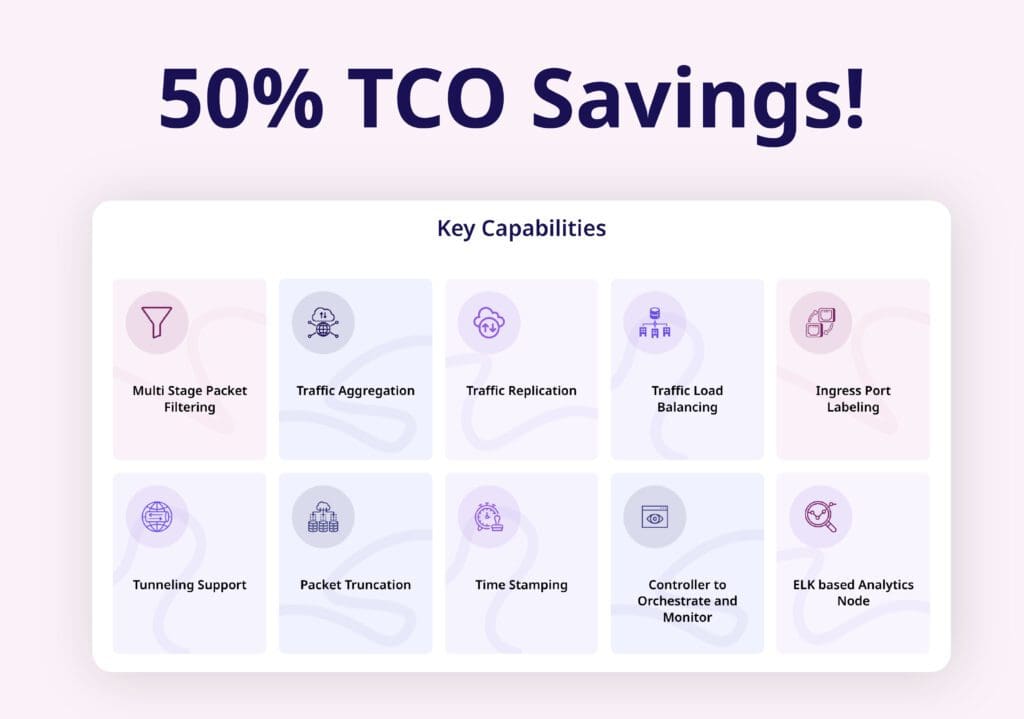

Our AI Networking Stack is designed to be the backbone of future network management, integrating advanced AI to navigate the complexities of modern networking with sophistication and ease. Opting for a vendor-agnostic approach provides the flexibility to choose the best technologies at the most effective prices, ensuring your network remains robust, scalable, and primed for future technological advancements.
Explore the benefits of a networking solution that brings choices, control, and cost savings without the constraints of traditional vendor lock-ins. This approach is not just about adopting new technology—it’s about advancing with a platform that understands and adapts to the evolving needs of your enterprise.
FAQs
1. What is an AI Networking Stack and why is it important for modern enterprises?
The AI Networking Stack refers to a multi-layered, AI-powered network management architecture that provides real-time orchestration, anomaly detection, and observability across multivendor environments. Aviz AI Stack combines ONES, Open Packet Broker (OPB), and Network Copilot™ to deliver flexibility, vendor-agnostic integration, and cost-efficiency—ideal for businesses modernizing their networks for AI-era workloads.
2. How does Aviz’s vendor-agnostic approach compare to traditional OEM network solutions?
Unlike traditional OEM networks that tie users into proprietary hardware and software, Aviz’s open-source SONiC-based stack supports interoperability across Dell, HPE, Cisco, Arista, and others. This vendor-agnostic approach lets enterprises avoid lock-in, reduce costs, and adapt faster to evolving infrastructure needs.
3. What are the core components of Aviz's AI Networking Stack?
Aviz’s stack includes:
- ONES for orchestration, visibility, and AI fabric monitoring
- Open Packet Broker (OPB) for cost-efficient traffic visibility
- Network Copilot™ for AI-powered network insights and automation
These tools work together to deliver full-stack AI networking without dependency on any specific NOS or hardware.
4. How does Network Copilot™ use AI to improve network management?
Network Copilot™ leverages LLM-based AI to provide intelligent chat-based troubleshooting, performance diagnostics, upgrade checks, and real-time analytics. It streamlines operations and replaces repetitive tasks with intelligent automation—making it ideal for both network engineers and business leaders.
5. Why is SONiC crucial to enabling choice and flexibility in network infrastructure?
SONiC (Software for Open Networking in the Cloud) enables hardware-agnostic deployment, similar to how Linux enabled OS flexibility. Aviz builds on SONiC to offer full-stack solutions (ONES, OPB, Copilot) that allow organizations to choose hardware freely, while retaining full control over orchestration, observability, and AI integration.



